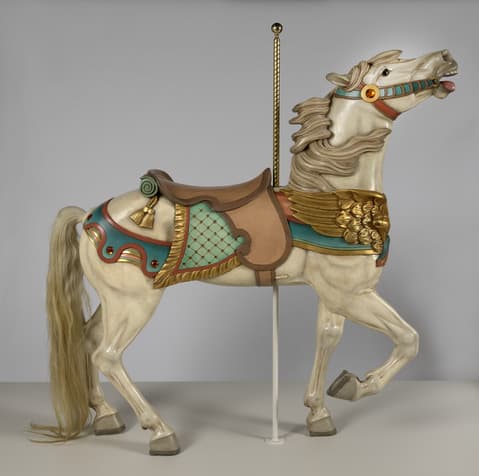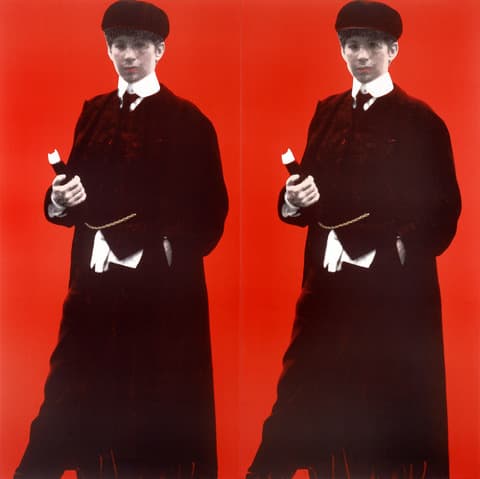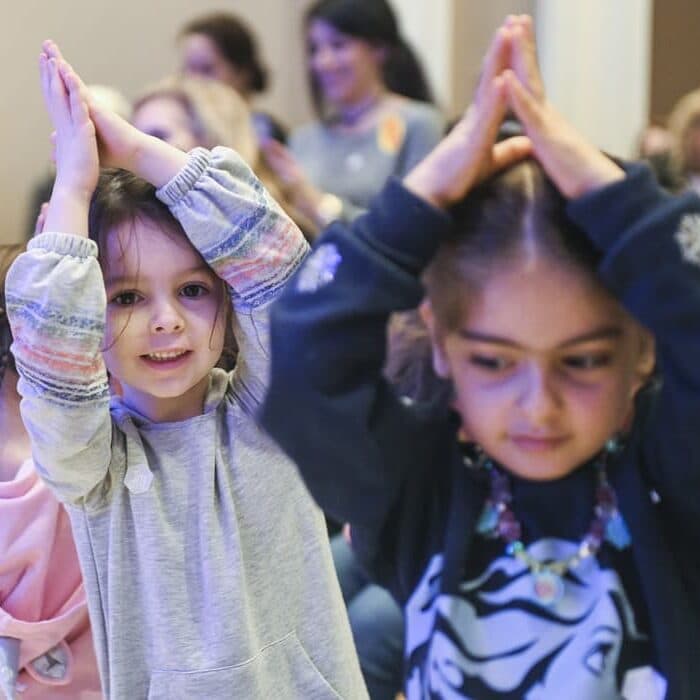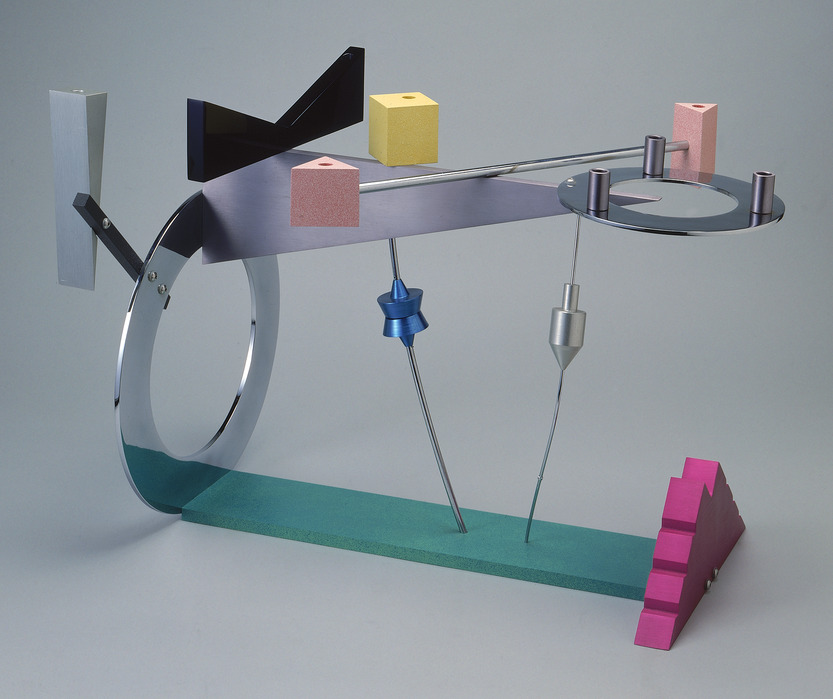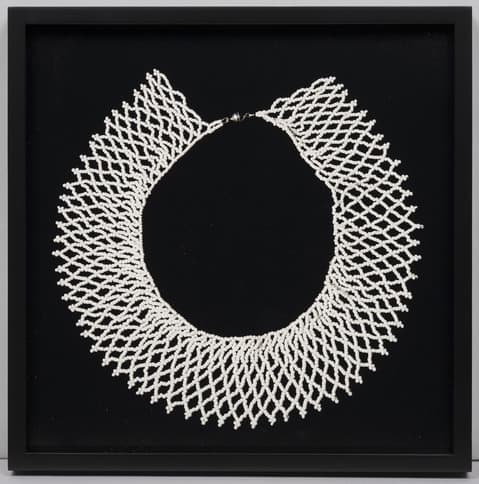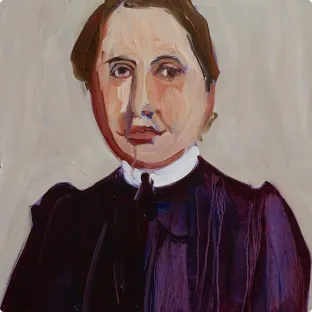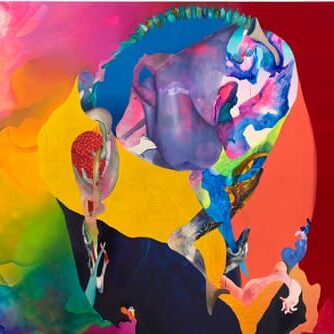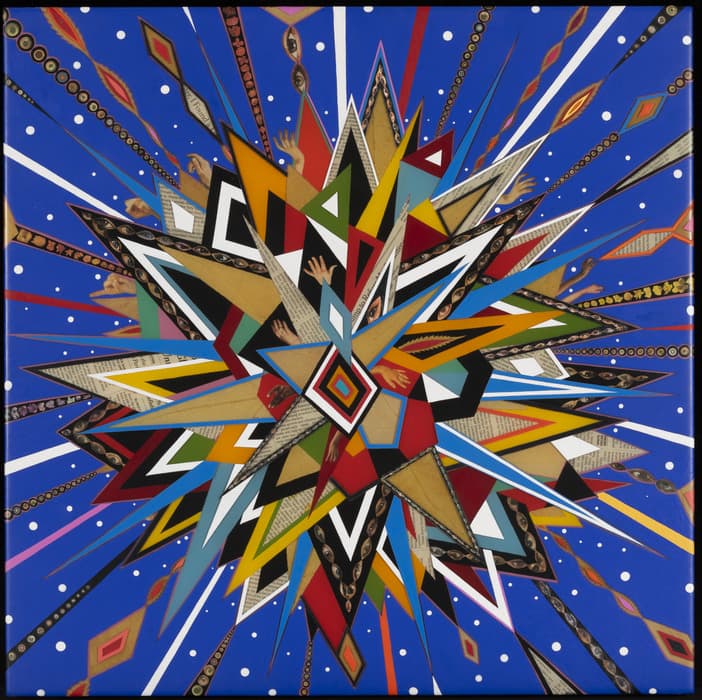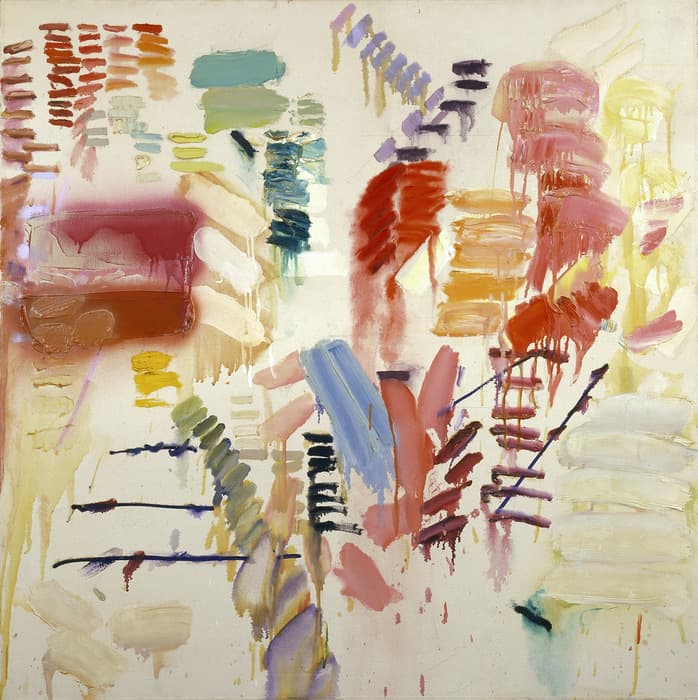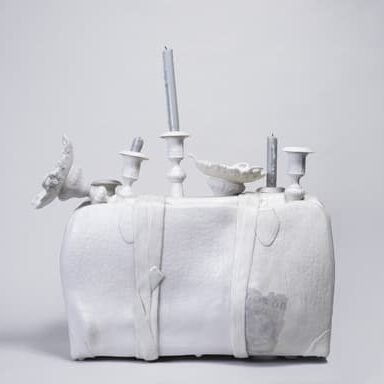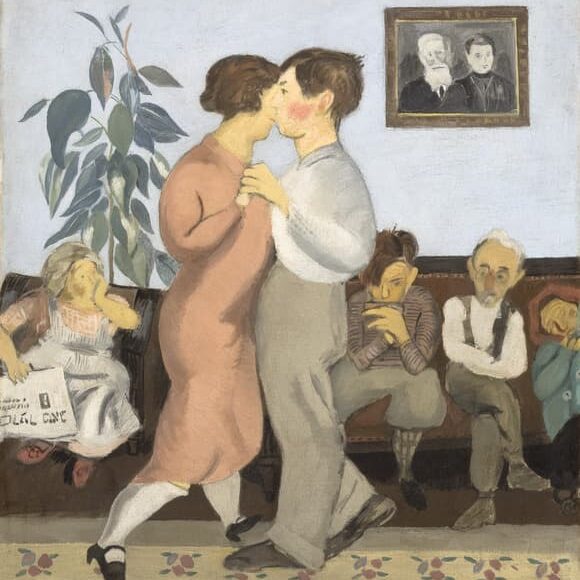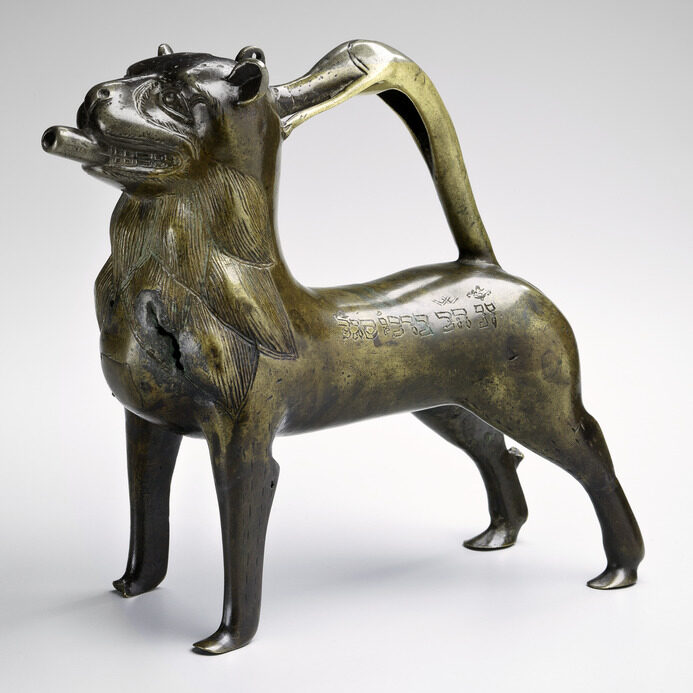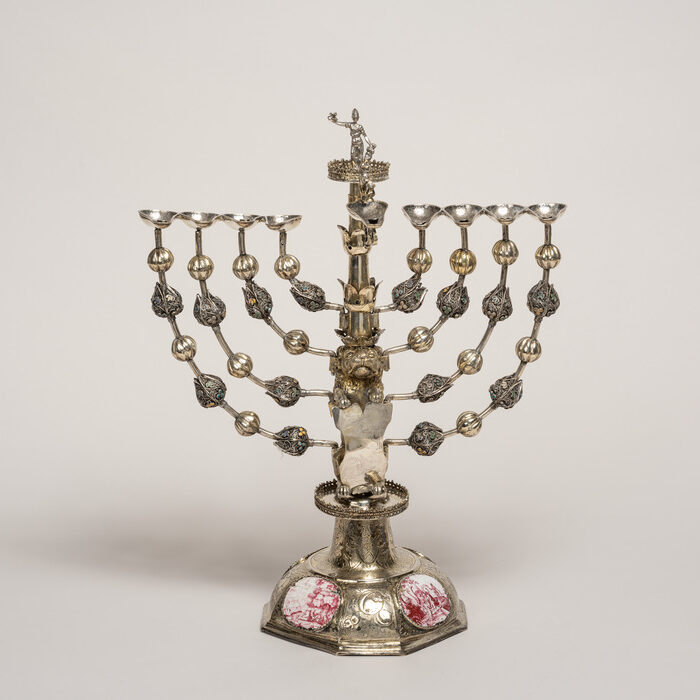The Jewish Museum Announces New, Major Collection Exhibition to Open Fall 2017
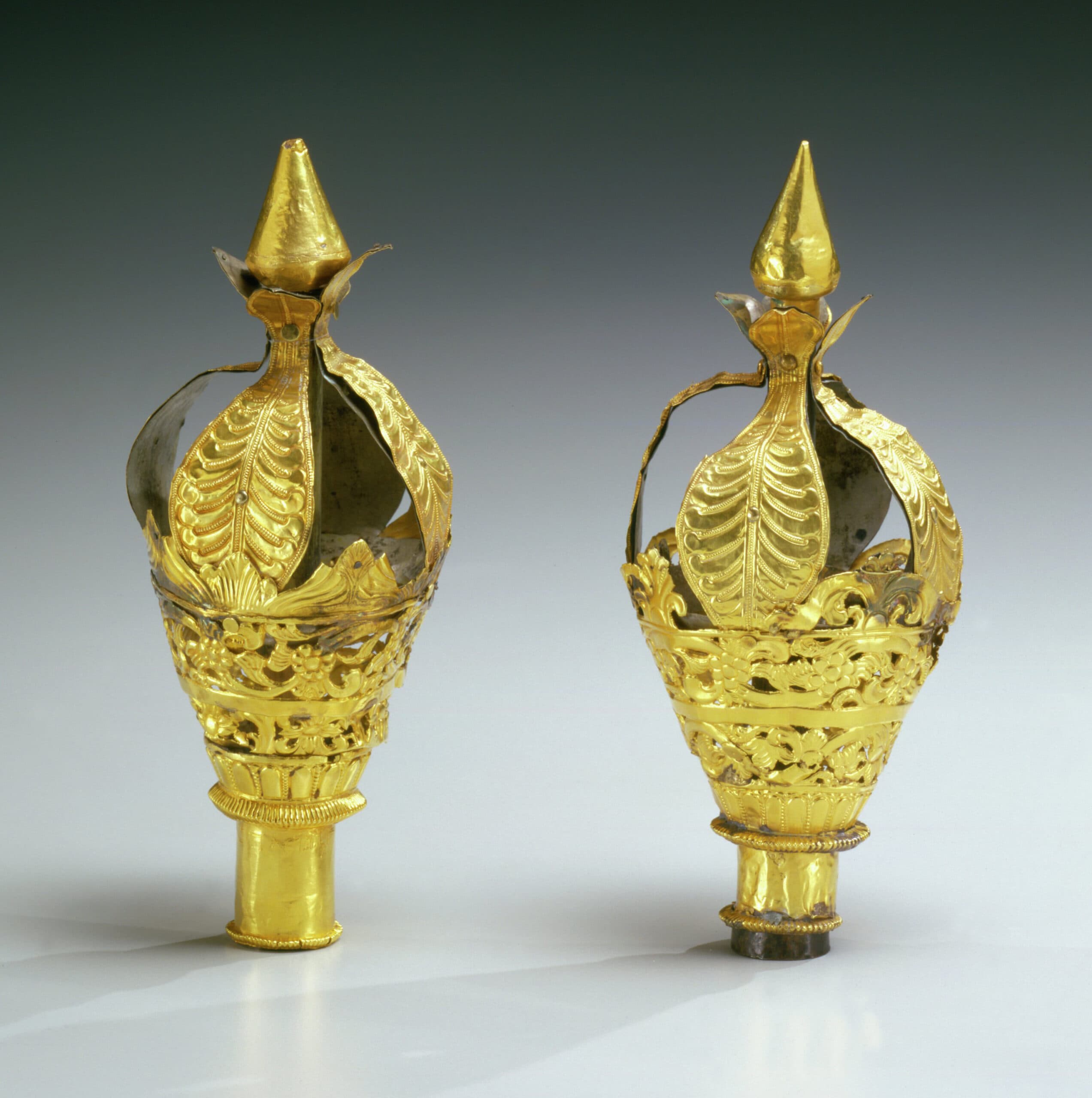
Culture & Continuity: The Jewish Journey’s Last Day on View Is February 12, 2017
New York, NY, February 10, 2017 – The Jewish Museum’s long-running collection exhibition, Culture and Continuity: The Jewish Journey, originally mounted in 1993, will close to make way for a major, new collection display, Scenes from the Collection, opening in Fall 2017. Culture and Continuity’s last day on view will be Sunday, February 12, 2017. Scenes from the Collection will transform the Museum’s third floor and feature over 650 works from antiquities to contemporary art – many of which have rarely, if at all, been on view at the Museum.
The Jewish Museum's unparalleled collection spans 4,000 years of Jewish culture through nearly 30,000 objects, including painting, sculpture, photography, decorative arts, ceremonial objects, antiquities, works on paper, and media. The new exhibition will be divided into eight different sections, or scenes, highlighting the diversity and depth of the collection. The new installation will present the collection as a reflection of the continual evolution that is the essence of Jewish identity, as well as a powerful expression of artistic and cultural creativity.
“Scenes from the Collection will immerse our visitors in a dynamic and engaging experience. Developed collaboratively among the Museum’s curatorial staff, the new installation is a reflection of the Jewish Museum’s unique position as an art museum exploring Jewish culture and identity through a contemporary lens,” said Claudia Gould, Helen Goldsmith Menschel Director of the Jewish Museum.
Scenes from the Collection will be flexible, with four scenes changing annually, and one changing every six months, so that different subjects can be examined while more of the collection is on view. The stories the works of art tell will illuminate multiple perspectives on being Jewish in the past and present, how Jewish culture intersects with art and the art world, and how it is part of the larger world of global interconnections.
The eight scenes are:
Origins
Scenes from the Collection will start from the beginning – the year 1904 when the Museum was founded with a gift of ceremonial objects from Judge Mayer Sulzberger. Central to this section will be the question of what, why, and how the Museum has collected and what this says about the changing identity of the institution, the Jewish community, and the art world.
Constellations
In “Constellations,” over 50 of the most visually powerful and culturally significant works in the collection – from antiquities to twenty-first century – will be exhibited as individual gems but with powerful thematic connections to one another. Such issues will be explored as transforming and transcending tradition, cultural distinctiveness and universality, and ever-changing notions of identity. Groups of works will relate to each other aesthetically or contextually, creating multiple conversations. For example, three works that can be seen as challenging tradition are Peter Blume’s Pig’s Feet and Vinegar (1927), Laurie Simmons’ Woman Listening to Radio (1978), and Nicole Eisenman’s Seder (2011).
Accumulations
This section will spotlight an aspect of museum collecting – the accumulation of multiple examples of a given work. The first iteration will feature a collection of 102 stereoscopic photographs taken of such sites as the Western Wall and the Dead Sea. The three dimensional pictures were taken around 1900 when the popularity of stereograms was at its peak. Visitors will be able to re-create the experience of viewing the stereograms and see the originals displayed in cases.
Personas
A selection drawn from the Museum’s large and rich collection of portraits from different times and places make up this section. Seen together, the portraits offer remarkable insights into a range of social, political, and historical circumstances. The first iteration will display self-portraits by such artists as Ross Bleckner, Nan Goldin, Deborah Kass, Lee Krasner, Louise Nevelson, and Man Ray, among others.
Taxonomies
“Taxonomies” will be organized as a contemporary Wunderkammer (Cabinet of Wonders), a historical style of display first popularized during the Renaissance and recognized as a precursor of today’s museums. This scene will be crowded with works of art and artifacts of various origins and materials which are juxtaposed and organized in an unexpected and inventive presentation. Objects on view will range from Torah ornaments made from ivory and a model of the ancient Temple of Jerusalem in a bottle to replicas of ancient sailing ships to a spice container by Lucy Puls (2006). “Taxonomies” will transcend traditional curatorial categories in order to reveal interesting relationships between objects in the collection.
Signs and Symbols
This section will explore the significance of a particular iconic element or motif in a variety of works. The first iteration will examine the meaning of the Star of David within Jewish contexts as well as the various interpretations of the six-pointed star as a widespread motif in other cultures. Works on view will range from a Bohemian Hanukkah lamp (probably eighteenth century) that uses the star as an emblem for the Czech Jewish community. Persian and Indian Judaica features the symbol as an expression of late nineteenth and early twentieth-century Zionist sentiment. A ceramic beer pitcher from the late nineteenth century decorated with the star will also be on display, attesting to the star’s secular use as a hexagram on tavern signs in Europe. Examples of post-Holocaust art will also be featured, including Morris Louis’s Untitled (Jewish Star) (c. 1951). And in Dana Frankfort’s Star of David (Orange) (2007), the artist intends the star to be a symbol that anyone can make the subject of a work of art.
Television and Beyond
An important part of the Museum’s collection will be explored in this section: the National Jewish Archive of Broadcasting (NJAB). With more than 4,000 holdings, the archive is the largest and most comprehensive body of broadcast materials on Jewish culture in the United States. A selection of television clips, rotating every six months, will examine how Jews have been portrayed and portray themselves, and how mass media has addressed issues of religion, ethnicity, and diversity. The first program will feature recent TV shows.
Masterpieces and Curiosities
“Masterpieces and Curiosities” is a series of installations focusing on single works from the Museum’s collection. The first iteration in Scenes from the Collection will feature a bracelet created in Theresienstadt, a town in Czechoslovakia that served as a camp-ghetto between 1941 and 1945. Over 140,000 Jews were deported there by the Nazis, including many artists and writers who struggled to maintain a vibrant cultural life. Intimate creations such as the bracelet gave some meaning to the lives of inmates in the ghetto. Additional personal works that were created in Theresienstadt will also be displayed. More recent images of the ghetto by contemporary photographer Judy Glickman Lauder will provide a stark contrast between the dehumanizing conditions imposed by the Nazis and the beauty of the pieces created by prisoners.
Scenes from the Collection is organized by a Jewish Museum curatorial team headed by Jens Hoffmann, Director of Special Exhibitions and Public Programs, and Susan L. Braunstein, Henry J. Leir Curator, including Shira Backer, Leon Levy Curatorial Associate; Stephen Brown, Neubauer Family Foundation Associate Curator; Jaron Gandelman, Curatorial Assistant for Media; Norman Kleeblatt, Susan and Elihu Rose Chief Curator; Mason Klein, Curator; Claudia Nahson, Morris and Eva Feld Curator; Rebecca Shaykin, Leon Levy Assistant Curator; Kelly Taxter, Associate Curator; and Aviva Weintraub, Associate Curator.
The exhibition was designed by Tsao & McKown Architects.
Support
Scenes from the Collection is made possible with leadership support from Amy and Jeffrey Silverman and the Eugene and Emily Grant Family Foundation, and through generous gifts from the Wilf Family Foundation, Debra Fine and Martin Schneider, Tracey and Robert Pruzan, Monica and Andrew Weinberg, gifts in honor of Regina Gruss, Jonathan and Darcie Crystal, Rhoda, Nolan and Harriet Rothkopf, Neubauer Family Foundation, Dr. William Pordy, the Knapp Family Foundation, Betty and John Levin, the Malinsky Family Charitable Trust and the Ira Waldbaum Family Foundation, Sara and Axel Schupf, the Stern Family Philanthropic Foundation, UOVO, the Gottesman Fund, and other generous donors.
Press contacts
Daniela Stigh
212-423-3330 or [email protected]
General Press Inquiries:
212-423-3271 or [email protected]
